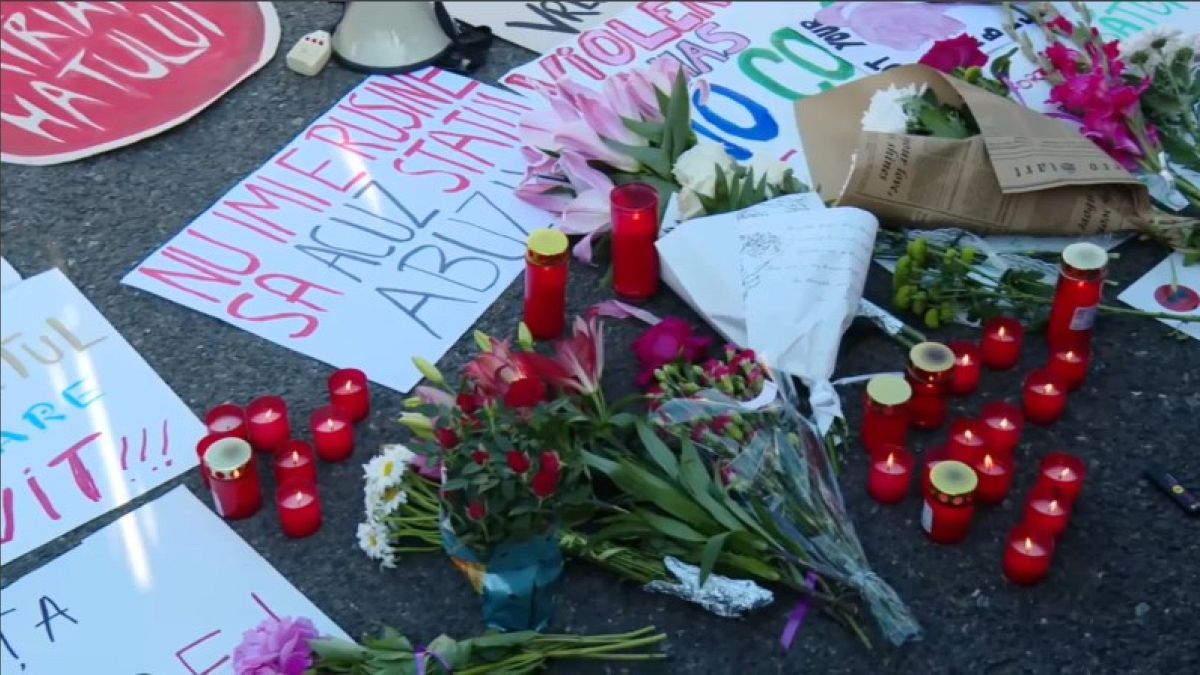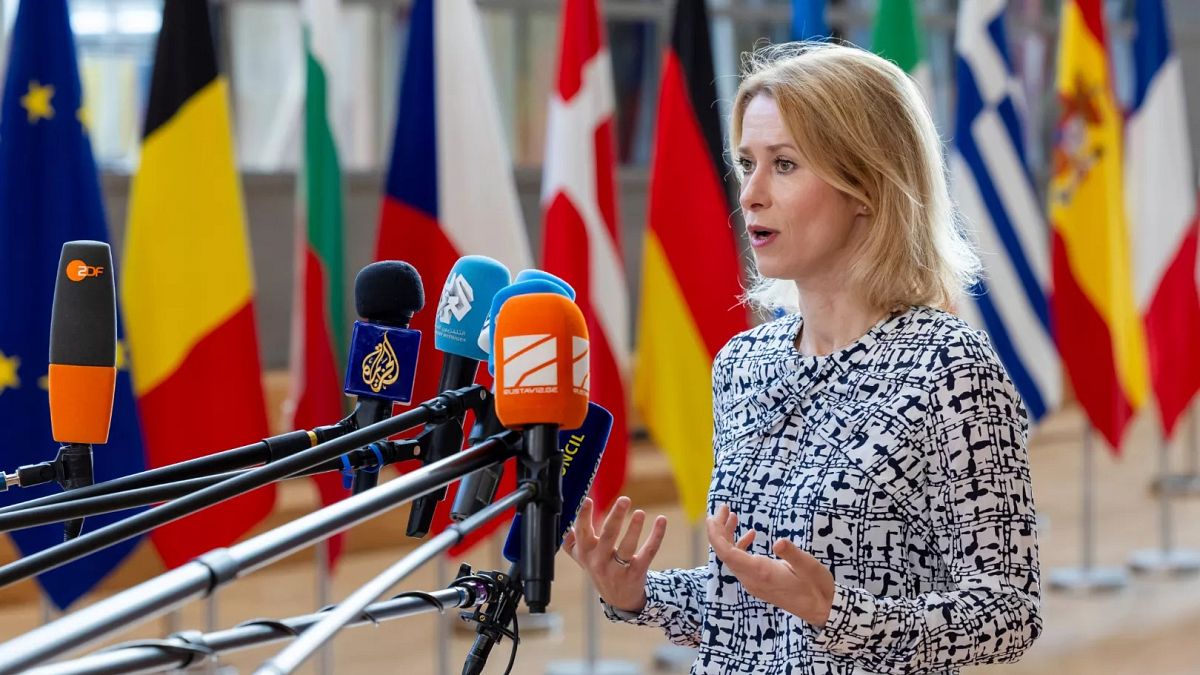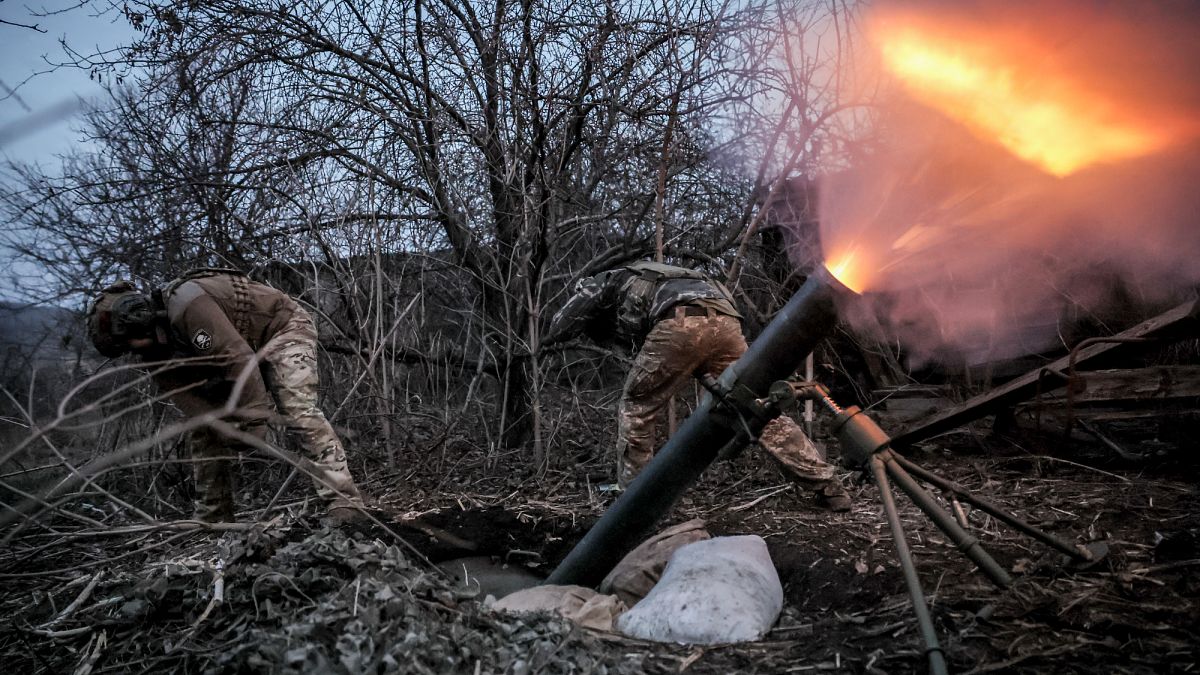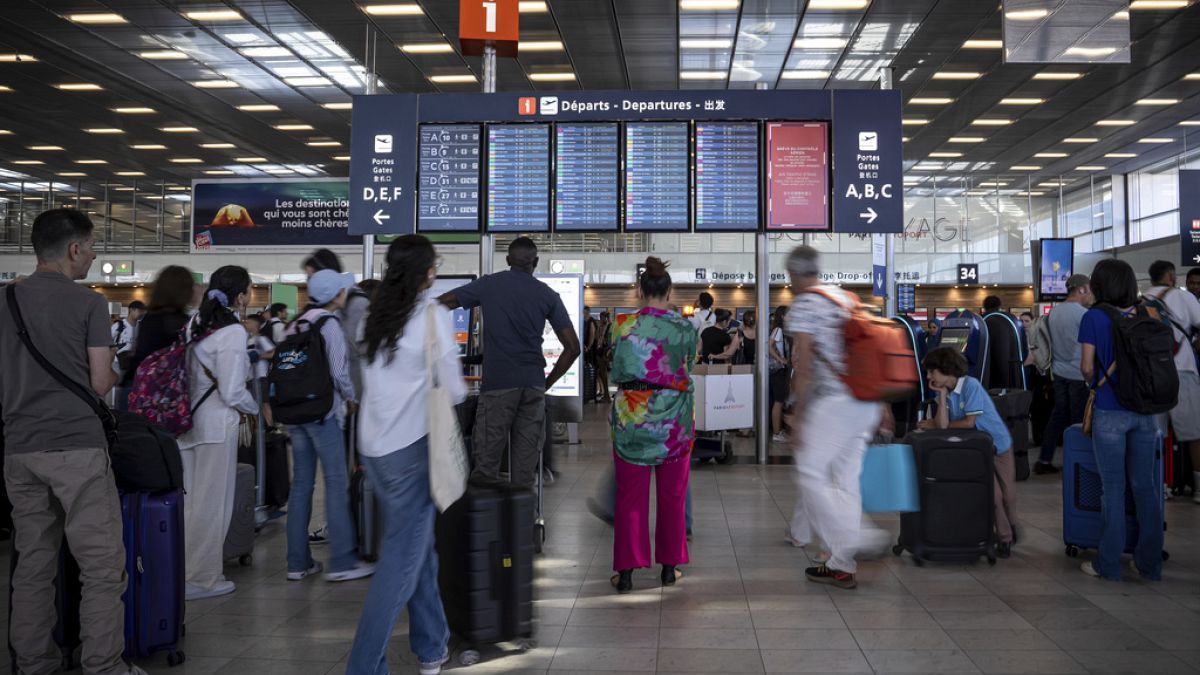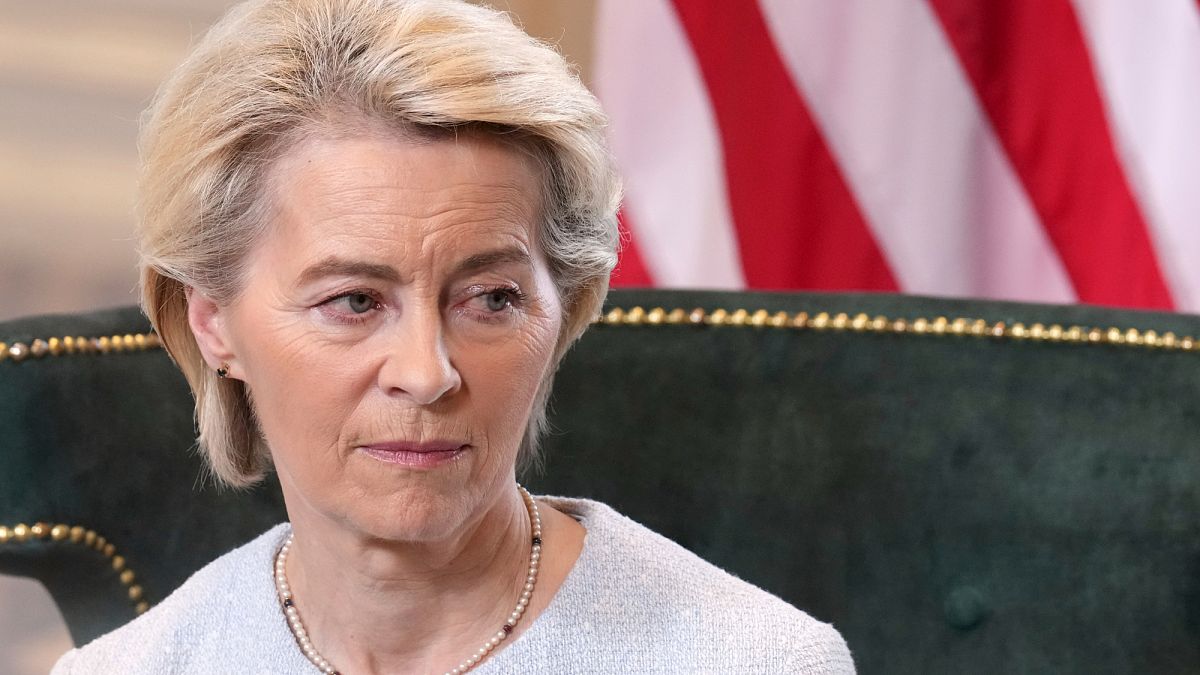In February 2024, 23-year-old pregnant mother Teodora Marcu was shot dead in front of her three-year old daughter and other children on a street in Romania by her ex-partner.
The killer, 49-year-old Robert Lupu, had a documented history of abuse: Marcu had filed multiple complaints against him. She died on the sidewalk, alone and unheard, although she had “screamed” about the problem in vain for months.
Marcu’s story is not an exception—it is a brutal reminder of a crisis that knows no borders.
Across Europe, domestic violence continues to claim lives and ruin futures. Despite years of awareness campaigns, legislative efforts, and protest movements, recent data show that domestic violence remains stubbornly pervasive – and in some countries, it’s getting worse and cases – much more brutal.
Germany: a grim milestone
In Germany, new figures released in June 2024 by the Federal Criminal Police Office mark a disturbing high: 256,276 people were victims of domestic violence last year, a 6.5% increase from 2022. Of those, 70.5% were women, and in cases of intimate partner violence, nearly four out of five victims were female. Most chillingly: 155 women were killed by their current or former partners in 2023.
Despite Germany’s strong legal frameworks, the data signal systemic failure. “The rising numbers mean more women are stepping forward,” said a spokesperson from a Berlin-based crisis centre. “But it also means we’re not stopping the violence. We’re only counting it.”
Greece: high numbers, high stakes
In Greece, police data for 2023 show the number of domestic violence incidents remained nearly unchanged from 2022—but still double the figure recorded in 2020. Of the 9,886 women who contacted police, the vast majority were in relationships with their abuser. 59.6% of incidents occurred within romantic partnerships, 29.7% of perpetrators were spouses, and 13.8% were live-in partners.
Greece also saw 12 femicides, most committed by a male family member. A digital “panic button” app was rolled out in 2023 to help women discreetly alert police during violent episodes. In 2024, the app was expanded nationwide and opened to male victims. Whether police response times and follow-through match the urgency remains an open question.
Portugal: a surge in calls for help
In Portugal, domestic violence is also on the rise, at least in terms of awareness. From 2021 to 2024, the number of victims seeking help from the Portuguese Association for Victim Support (APAV) jumped by 29.3%, totalling 43,110 cases. Experts attribute the increase to greater media coverage of violence—particularly war and conflict—and the lingering effects of pandemic lockdowns, which intensified domestic tensions and isolated victims.
“People are more aware of abuse now,” an APAV counsellor explained. “But there’s still a long way to go before they feel fully protected.”
Spain: fewer reports, more convictions
Spain presents a complex picture. In 2024, 34,684 women were registered as victims of domestic or gender-based violence—a 5.2% decrease from the previous year. Yet paradoxically, the number of convicted abusers surged to 39,056, the highest figure since 2015.
Relationships between victims and abusers were varied: 39.9% were partners or ex-partners, 37.8% were (ex-)girlfriends, 21.4% were (ex-)spouses.
Spain’s specialized gender violence courts and longstanding advocacy movements may account for the increase in convictions. But activists warn that fewer reported cases do not necessarily mean less violence—just fewer women speaking up.
Bulgaria: protest, not progress
In Bulgaria, domestic violence remains an underreported and poorly addressed issue. A 2023 case shocked the nation when an 18-year-old woman named Débora was stabbed with a razor blade by her ex-boyfriend. She survived, but ended up with 400 stitches and her long hair was shaved.
The case triggered mass protests and renewed calls for legislative reform. Bulgaria’s laws have long excluded protections for victims not living with their abuser, and twelve of the country’s regions lack any crisis shelter.
Activists point to the country’s failure to ratify the Istanbul Convention, an international treaty designed to combat violence against women, as a root cause of systemic neglect.
“The laws are written for a version of abuse that barely reflects real life,” said one protester in Sofia. “We are burying women every year while politicians debate definitions.”
Despite differing legal frameworks and public responses, the through-line is clear: domestic violence in Europe remains a persistent, deadly epidemic. While awareness and reporting are improving in some nations, gaps in law enforcement, legal protections, and survivor support continue to put lives at risk.
Debora from Bulgaria is “lucky” because she’s alive. But for two years now she has been forced to face her violator in court, as the case is not yet closed. He was even released for a while, before being rearrested.
Teodora Marcu from Romania is dead. And while there are still protests, dozens of women and men are still being abused by their partners on a daily basis. Some prefer to remain silent, others shout about it, yet some continue to end up as victims.



